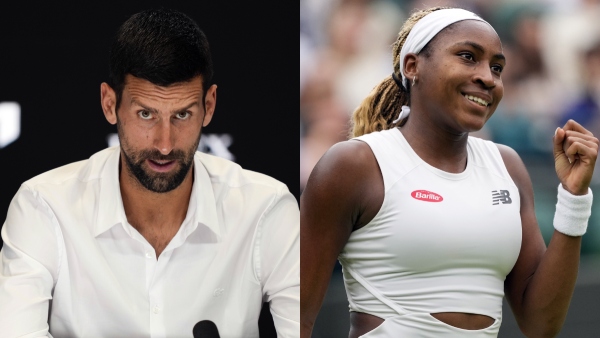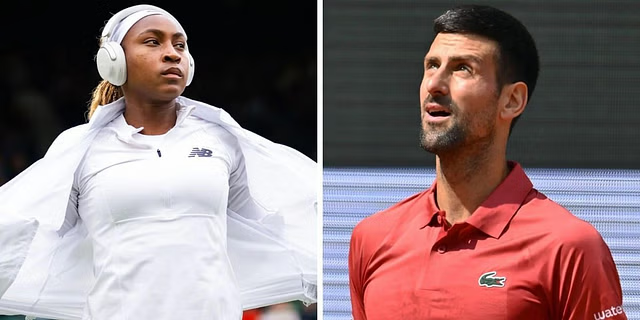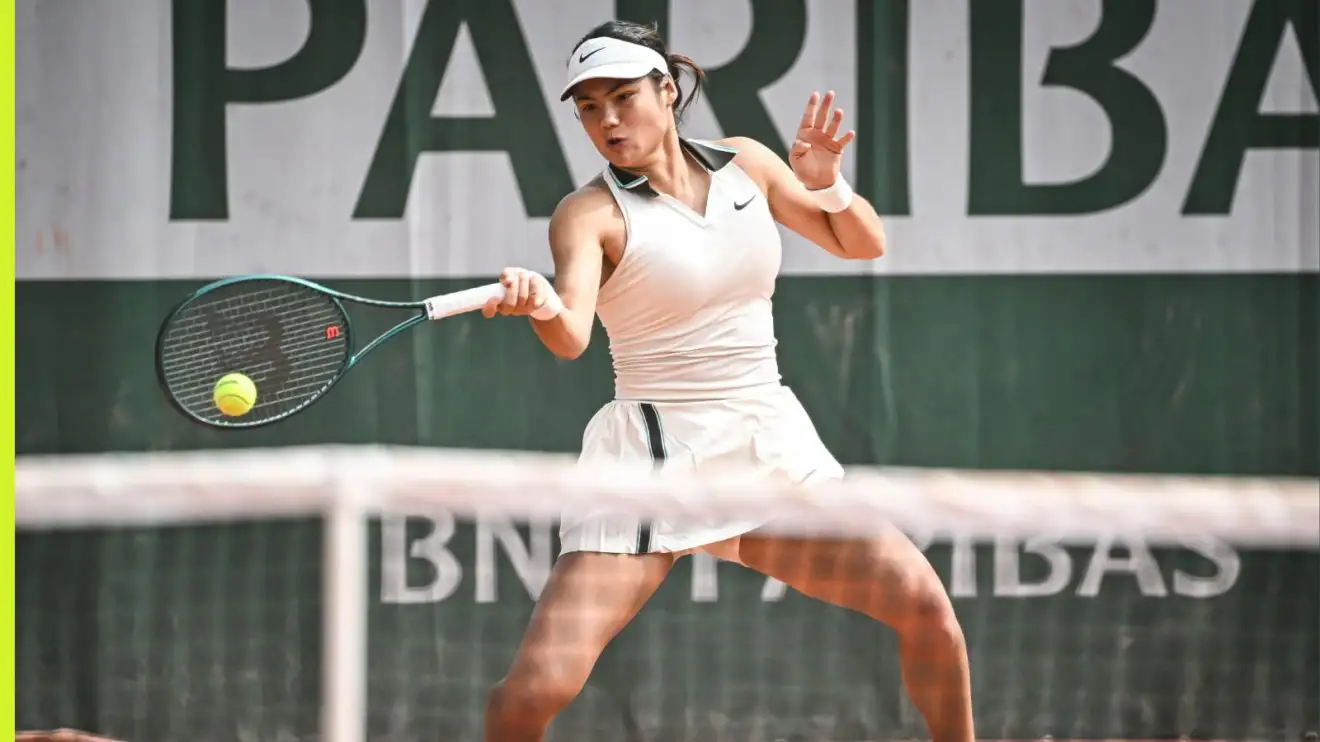A Turning Point in Tennis: Grand Slam Prize Money Under Fire
For decades, Grand Slam tennis tournaments have been the pinnacle of the sport—packed stadiums, global audiences, historic rivalries, and jaw-dropping performances. But behind the glamorous curtain of Wimbledon whites and French Open red clay lies a contentious issue that continues to simmer: Grand Slam prize money.
Now, tennis’ biggest stars—Novak Djokovic, Coco Gauff, and others from both the ATP and WTA tours—are putting their rackets down and raising their voices.
Their message is clear: The time for fairer, more equitable compensation is now.
The Financial Divide in Tennis
Let’s get one thing straight: tennis is an expensive sport. From travel to coaching, physiotherapy to nutrition, players at every level pour thousands—often hundreds of thousands—into their careers each season.
While the winners of Grand Slams rake in multi-million dollar checks, the financial reality for players outside the top 50—or even the top 30—is far more precarious. The disparity is shocking.
At the 2024 US Open, the singles champions each earned $3 million. But a first-round loser? Around $80,000. It sounds generous, until you factor in annual costs for tour-level athletes. Now think about doubles players, qualifiers, and those grinding away in Challenger and ITF events for less than $2,000 per week.
And therein lies the problem: Grand Slam prize money disproportionately favors the very top, leaving the sport’s foundation unstable.
Djokovic: The Statesman of the Locker Room
Novak Djokovic, a 24-time Grand Slam champion and arguably the greatest player of all time, is no stranger to speaking out. Through his leadership of the Professional Tennis Players Association (PTPA), Djokovic has long advocated for greater transparency, equity, and player representation in tennis governance.
Recently, he turned his attention to Grand Slam prize money distribution, emphasizing that revenue sharing is nowhere near where it should be.
“The four Grand Slams generate billions in revenue, yet the players—who are the product—are getting a fraction of that,” Djokovic said at a press conference. “It’s time for a new model.”
His words aren’t just rhetoric. Djokovic is asking for the Slams to adopt a revenue-sharing model, similar to what’s used in major American sports leagues like the NBA or NFL, where athletes receive around 50% of league-generated income.
In tennis, that number is estimated to hover around 14–18%, depending on the tournament. A staggering difference.
Coco Gauff: A Rising Star, A Growing Voice
At just 20 years old, Coco Gauff has not only become a Grand Slam champion but a dynamic force for change. Whether it’s social justice or the economics of tennis, Gauff isn’t shy about using her platform.
In recent interviews, she echoed Djokovic’s concerns, adding a layer of gender equity to the conversation.
“We’ve fought hard to get equal prize money at the Grand Slams for men and women, but what about the players who never make it to the third or fourth round?” Gauff asked. “They deserve a living wage too.”
Gauff understands what many young stars learn quickly: that being in the top 10 comes with not only visibility and sponsorships, but also a responsibility to advocate for those without a voice. She’s particularly vocal about the financial burdens placed on younger players, many of whom can’t afford to chase their dream past the juniors.

A Growing Chorus: The Players Are United
Djokovic and Gauff aren’t alone. Other top stars like Ons Jabeur, Daniil Medvedev, Jessica Pegula, Frances Tiafoe, and even rising American Emma Navarro have supported the push for prize money reform. What’s unique this time is that players across gender, ranking, and generation lines are aligned.
Many of them argue for:
- Better distribution of prize money in early rounds
- Revenue-sharing models that hold Grand Slam organizers accountable
- Support for doubles specialists and qualifiers
- Transparency in how tournaments allocate revenue
In the past, unity across the tours has been difficult to achieve. But the recent surge in PTPA visibility—and growing discontent among lower-ranked players—has created a rare window for collective action.
Social Media: The New Arena for Advocacy
In today’s era, movements gain momentum on social media—and the tennis world is no exception.
A tweet from Gauff after the Australian Open stirred up discussion:
“Loved the AO experience, but imagine how much better the sport could be if 1st-round players earned enough to reinvest in their careers. Let’s build tennis from the ground up. #TennisNeedsChange”
Her post went viral, with thousands of fans and former players chiming in. Similar messages from Djokovic, Pegula, and even doubles specialist Ellen Perez have brought mainstream attention to an issue long kept behind closed doors.
This digital wave has made it harder for tournament organizers to brush off criticism—and easier for fans to engage with the players as advocates, not just athletes.
Tournament Organizers Respond—Kind Of
In response to this surge in player pressure, Grand Slam organizers have made incremental increases to early-round payouts. But for many, it’s too little, too late.
For instance, Roland Garros announced a 9% increase in first-round earnings for 2025—but made no changes to doubles payouts and left the champion’s purse untouched.
Critics say these piecemeal solutions are designed to pacify players, not address the systemic imbalance.
Djokovic was quick to point out that without a seat at the table, players will never see real transparency:
“We’re not asking for a handout. We’re asking for what’s fair. The Slams couldn’t happen without the players.”
The Stakes Are Higher Than Ever
The fight over Grand Slam prize money isn’t just about numbers—it’s about the future of tennis.
If the financial burden on lower-ranked players isn’t addressed, the sport risks losing talent before it ever matures. Diversity could suffer, especially among players from lower-income backgrounds or underrepresented countries. The game could become top-heavy and less competitive.
And in a world where other professional sports are offering massive paydays and guaranteed contracts, tennis risks falling behind in the eyes of the next generation of athletes.
What Comes Next?
The next step in this movement will be whether the Grand Slam tournaments are willing to come to the table and negotiate with players as stakeholders.
If not, tensions could rise dramatically—especially if players begin discussing protest actions like boycotts, collective bargaining, or legal routes.
The PTPA is reportedly preparing a detailed financial report on Grand Slam revenues and how they compare to player earnings. If those numbers are released publicly, it could dramatically shift the balance of power.

Final Thoughts: A Sport at a Crossroads
Tennis finds itself at a crucial juncture. The stars are speaking louder than ever. The fans are listening. The pressure is mounting. And for the first time in decades, real change feels possible.
Whether you’re a Djokovic devotee, a Gauff groupie, or a casual tennis fan, one thing is clear: the future of this sport will be shaped not just by what happens on the court, but by the boldness of the players willing to fight for it.
Because in the end, Grand Slam prize money isn’t just about cash—it’s about fairness, opportunity, and the soul of tennis itself.


